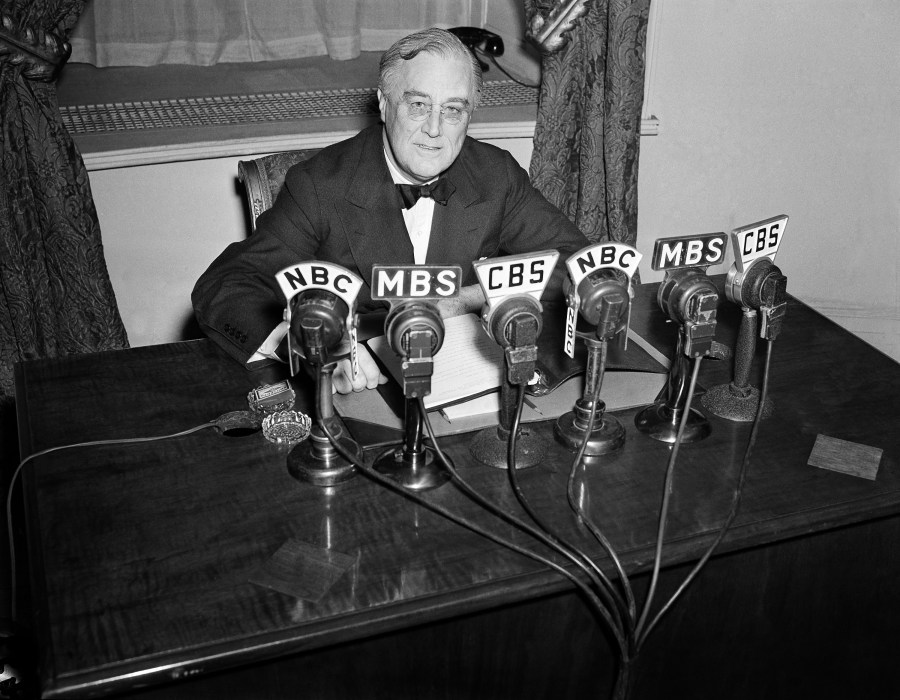S&P 500 a key predictor of the presidential race
- Positive S&P performance suggests an incumbent party win
- Correlation has been correct in 20 of the last 24 elections
- S&P 500 was positive in August and September

A monitor displays the S&P 500 index crossing 5000 on the floor of the New York Stock Exchange (NYSE) in New York, US, on Friday, Feb. 9, 2024. Mexican discount retailer BBB Foods Inc. priced its initial public offering at the top of a marketed range to raise about $589 million, adding momentum to a rebound in US listings. Photographer: Michael Nagle/Bloomberg via Getty Images
(NewsNation) — In the constant hunt for hints about who will win the presidential election, one of Wall Street’s most famous indexes has a long history of calling the winner.
According to LPL Financial, the incumbent political party has remained in control of the White House in 12 of the past 15 elections when the S&P 500 was positive during the three months before election day.
But, when the index was lower in the three months preceding the election, the incumbent party lost eight out of nine times.
“When combined, market performance has ‘predicted’ 20 of the last 24 elections,” wrote Adam Turnquist, LPL Financial chief technical strategist.
This year, that predictor is looking good for the Democrats. The index finished August up by 3.70% and posted a 4.22% gain in September. In the seven days of trading in October, the S&P 500 is up by 1.10%.

The correlation goes back nearly 100 years, starting with Herbert Hoover’s victory in 1928 when the S&P rose by 13.6% in the 90 days before the election. Hoover lost in 1932, when the index fell by 2.6% leading up to Franklin Roosevelt’s victory.
The first of the four exceptions to the “rule” came in 1956 when Dwight Eisenhower was reelected despite the S&P dropping by 3.2% from August to November. In 1968, Hubert Humphrey lost to Richard Nixon despite an S&P gain of 6% in the months before the election.
The index was up a whopping 6.9% before the 1980 election, but much of that was pegged to the highest inflation rate since just after WWII, 13.5%. Thanks to that and the 1979 oil crisis, Ronald Reagan beat incumbent Jimmy Carter.
And the last exception to the S&P correlation was four years ago. Joe Biden beat Donald Trump despite a 2.3% increase in the S&P 500 in the three months before the election.









